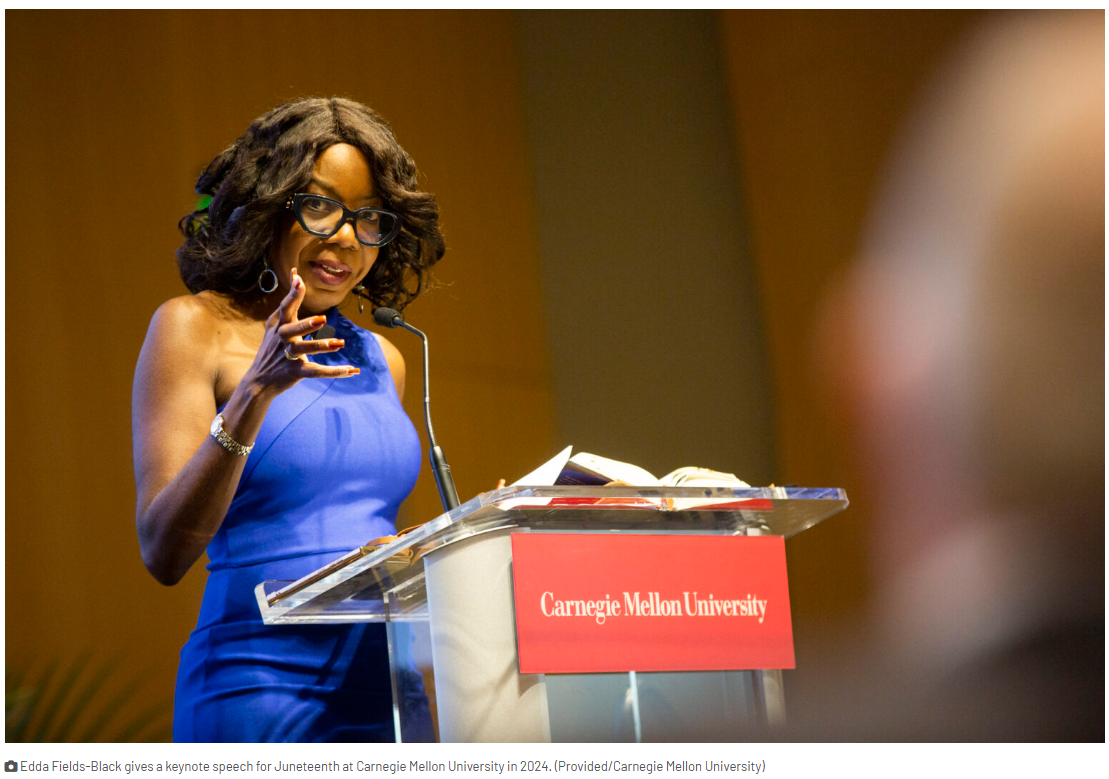Life was rough for Civil War soldiers.
It was even rougher on their horses.
“They broke ’em younger, they rode ’em harder and they died younger,” re-enactor Mike Edwards said at Bennett Place State Historic Site on Saturday.

Michelle Bouchey of Franklinton demonstrates how soldiers would fire away from their horse’s head during a re-enactment at Bennett Place State Historic Site on Satuday, June 8, 2013.
MARK SCHULTZ — mschultz@newsobserver.com
The state historic site held “Join the Cavalry,” a daylong event about the role that horses and mounted soldiers played during the Civil War. Re-enactors held drills, staged horseback shooting and sabre duels and answered visitors’ questions.
Edwards, from Selma, brought two sons and two horses to the farmstead off U.S. 70 where in April 1865 Confederate Gen. Joseph E. Johnston and Union Gen. William T. Sherman signed papers for the largest troop surrender of the war.
Estimates of horse killed during the Civil War vary, with some putting the figure at more than a 1 million — more than the estimated 620,000 to 750,000 soldiers who died.
Gen. George Armstrong Custer, a cavalry commander best known for his defeat at the Battle of Little Bighorn in 1876, is said to have had 11 horses shot from under him during the Civil War, including two in one day of fighting at Gettysburg.
But the pistols and long guns fired grits instead of powder Saturday.
Michelle Bouchey, astride 6-year-old Mosby, a Tennessee Walker, said she’s about the right size for a Civil War soldier, about 130 pounds, just the wrong sex. She pointed her pistol perpendicular to her horse, away from its head, explaining how in fighting, mounted soldiers would try not to shoot over the horse’s ears.
Early on, she said, Confederate soldiers had an edge as most brought their own horses and knew how to ride.
“The federals were a lot of city boys that they recruited into the cavalry,” Bouchey said. “Eventually differences in manpower and materiel made the differences,” she said. By the end, many Southern troops “couldn’t keep their horses fed.”
Owen Edwards, 16, has been riding since he was 5 and his father put him and his brothers and sister on the back of a horse together. They struggled to keep from sliding off.
“They’ll take care of you if you know what you’re doing; they’ll respect your authority,” he said. “But if you’re sitting there and you don’t know what you’re doing, they’re gonna do what they want.”
“That, and don’t get behind them,” he added, or risk a kick.
The Edwards’ horses, Abe, 17, and Ransom, 23, would never have been cavalry horses at their age.
Horses during the war were worked hard starting at 2 years old, two years earlier than Mike Edwards says horses are typically worked today, and 20 was “major ancient” for a pampered animal.
“You used horses, and you used ’em up.”
-Mark Schultz, Raleigh News & Observer


